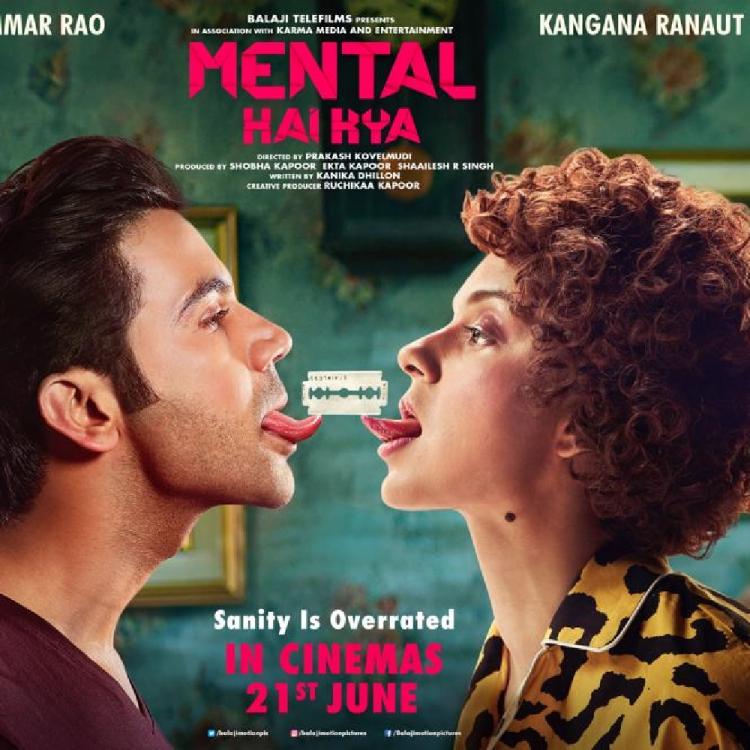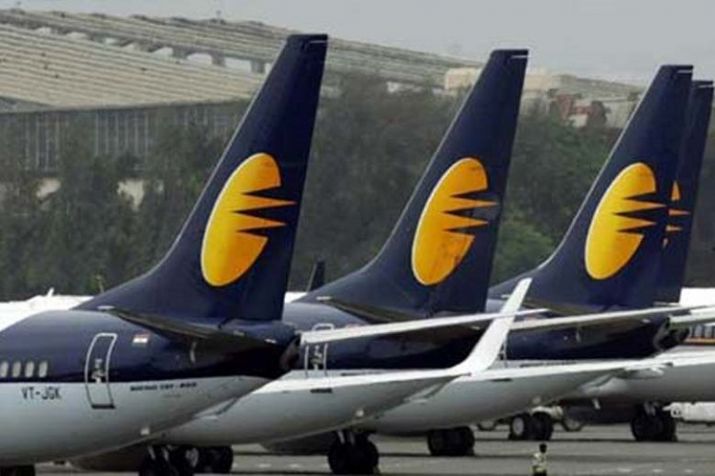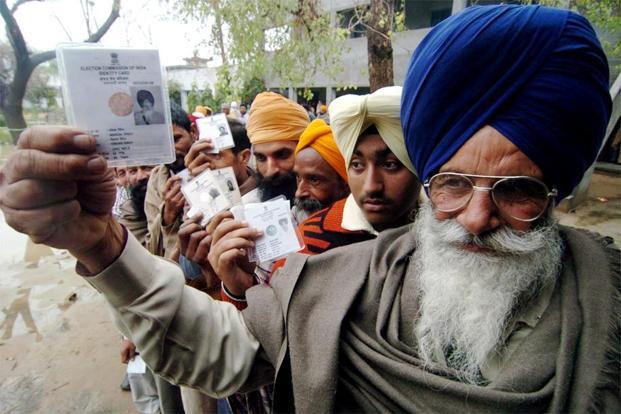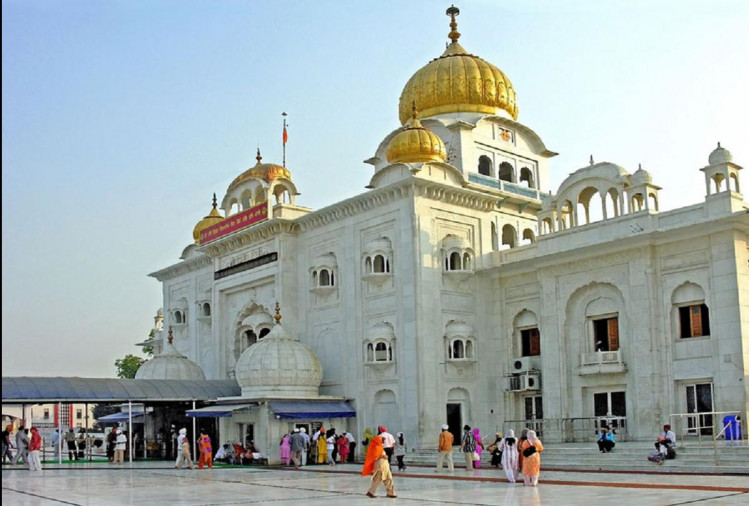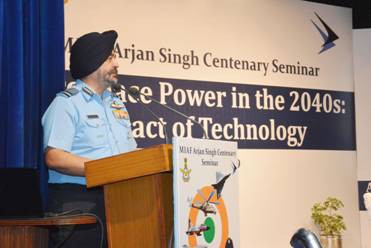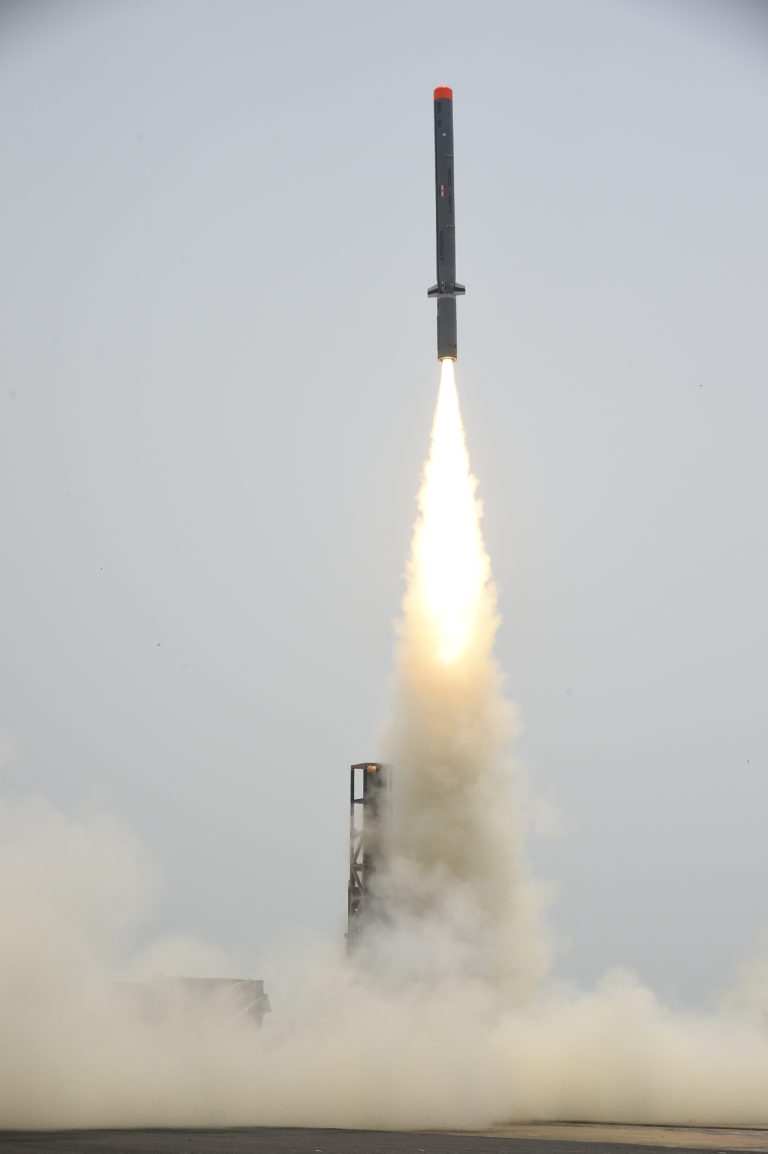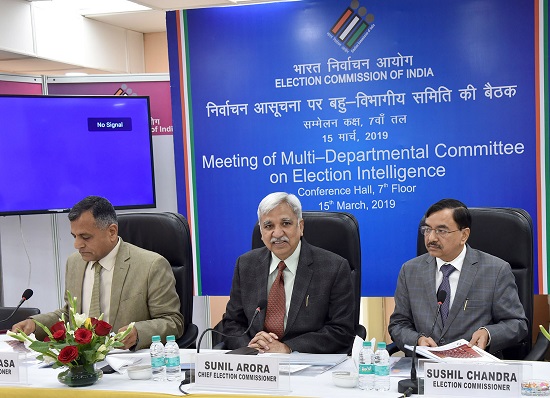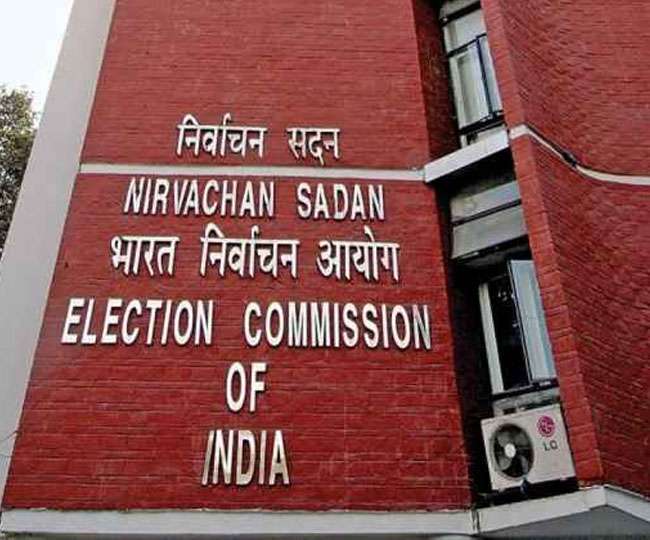As election fever overwhelms India, we in Punjab, have a
complete void in political leadership. And the problem has attained critical
dimensions. All parties are putting their best foot forward; selecting the best
candidates and launching aggressive election campaigns. Punjab too is in the
fray but here the scenario is a bit different, parties are finding it difficult
to find appropriate candidates and those selected trigger a cycle of internal
dissension that is both unprofessional and graceless.
The fissures in Aam Aadmi Party (AAP) came to the fore in mid
2018 when a simmering internal revolt came out in the open. Leaders like
Sukhpal Singh Khaira and Dharamvir Gandhi left the party as did many others. It
may be remembered that this was the party on which the distressed people of
Punjab had pinned all their hopes to break the vicious cycle of power sharing
between the Congress and the Shiromani Akali Dal & Bharatiya Janata Party
(SAD-BJP)) combine. In the Parliamentary Election of 2014, the people of Punjab
voted for AAP despite the Modi wave. That the AAP leadership could not resolve
the differences for the sake of their electorate is quite unfortunate. There
can be no bigger example of a political leadership letting down its people. The
irony is that AAP as well as their rebels have entered the election fray, such
is their gumption!
The SAD, which lost Punjab Assembly Elections to the Congress
and was also overtaken in seats by AAP, went through its own phase of internal
revolt in the second half of 2018. The seed was sown in 2017 when the
patriarch, Prakash Singh Badal, could not get over his love for his family
(read son) and handed over the mantle to him, leading to a vertical split in
the party. Many senior leaders including Ranjit Singh Brahmpura, Rattan Singh Ajnala and Sewa Singh Sekhwan left the party and are attempting to stitch up an alternative
power base.
The leaders of ruling Congress party have shown their self-serving
face in the distribution of seats for the upcoming elections. Each allotment has
put other so-called leaders into a huge sulk. They are voicing their grievances
in the media and making a spectacle of their party. These worthies whom the
people had elected to ensure development, progress and prosperity of the state
fail to see the falling social and economic parameters and are content in concentrating
on their personal upliftment.
It would be worthwhile here to discuss the performance of the
outgoing esteemed Members of Parliament (MPs) from Punjab. The performance has
been measured in a Pan India survey by PRSIndia. According to the data
collected, the standing of Punjab in comparison to all other states in some
parameters is given in subsequent paragraphs.
Debate Participation: Punjab is at the 20th position with
a debate average of 23.8%; Himachal Pradesh is leading with an average of 86.3%.
Questions Asked: Punjab is at 22nd position with question average of 170; Lakswadeep is leading with an average of 631.
Attendance: Punjab is at the 17th position with average
attendance at 78%. Manipur is leading with an average of 98%.
Private Member Bill: Punjab
is at the 14th position with average at 0.7%. Delhi is highest at
5.6%.
There are many more parameters; performance is
as dismal in those too.
India Today has carried out a study and given ranking
to all MPs based on their performance. From Punjab the highest rank has gone to
Ravneet Singh Bittu who stands at the 60th position with A+ grading.
Next is Prem Singh Chandumajra at 122nd position with a B+ grading
followed by Santokh Singh Choudhary at 221st position with a C+
grading. Sher Singh Gubayya is at 261 with a C grading, Harinder Singh Khalsa
at 271 with a C grading, Dharamvir Gandhi at 281 with a C grading, Ranjit Singh
Brahmpura at 316 with D+ grading, Bhagwant Mann at 364 with D+ grading and Sadhu
Singh is bringing in the bottom at 412th position, no need to tell
the grading. Can it get more shameful than this?
From the foregoing it becomes quite evident that the so-called
leaders of Punjab who were mandated by the people to represent their interests
at the national level have failed miserably. They have humiliated the state in
the most esteemed institution of the nation with their complete lack of
endeavour and application and are now shamelessly fighting with each other for
seats in the forthcoming Assembly. Their personal ambitions and aspirations are
reigning supreme; party loyalty is a distant second and loyalty/dedication to
the constituency does not figure anywhere at all.
While the state is in a leadership crisis,
Sikhs and Punjabis are making a very high and respectable niche for themselves
in the international political spectrum. Here are a few examples.
Jagmeet Singh has made history by becoming the
first Indian and Sikh to be an elected leader of a big political party in
Canada. Harjit Sajjan is the Defence Minister of Canada. Nikki Haley aka
Nimrata Randhawa has served as the Governor of South Carolina and also held a
Cabinet ranking position in the US administration.
Preet Kaur Gill is the first Sikh woman elected
to the UK House of Commons. Kanwaljit
Singh Bakshiis the first Indian and first Sikh to hold the
position of MP in New Zealand. Harinder
Sidhuis presently the Australian High Commissioner to India
There is no shortage of honest, hard working,
inspirational political leadership in the Punjabi and the Sikh community,
unfortunately, all of it is in the foreign shores. What Punjab is left with is
fatuous, double speaking, self-serving, and visionless political leadership.
Sadly, political parties are repeating their failed candidates all the time.
They are not scouting for talent and bringing in fresh faces eager to make a
mark. The environment is marked with feudal indifference and apathy.
In a democracy it is the people who set the
pace for politics. It is now up to the people to compel the politicians to
shape up or ship out. People have the power which they must use judiciously.
They have to force the political establishment to introspect deeply and throw up
a leadership that can perform and not convert politics into a comedy circus.

